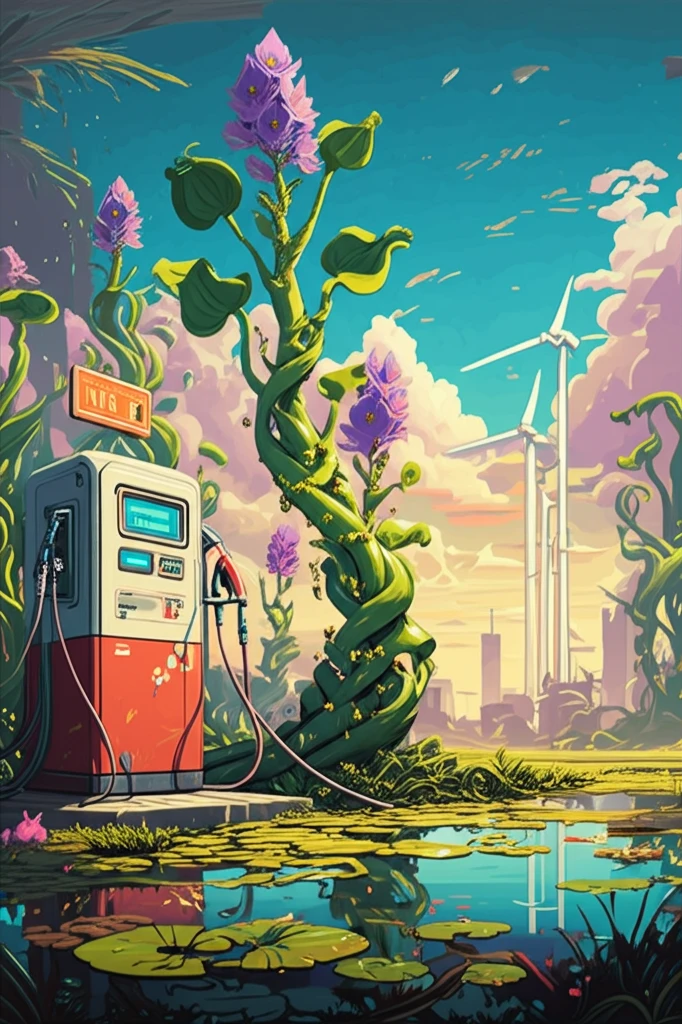
Water Hyacinth to Biofuel: Can This Invasive Plant Power Our Future?
"Explore how turning the environmental nuisance of water hyacinth into a sustainable biofuel source can revolutionize renewable energy and tackle pollution."
The quest for sustainable energy sources has led researchers to explore unconventional resources, with water hyacinth emerging as a promising candidate. This invasive aquatic plant, notorious for clogging waterways and disrupting ecosystems, may hold the key to a cleaner, greener future.
Water hyacinth's rapid growth and widespread availability make it an attractive option for biofuel production. However, its complex structure requires effective pretreatment methods to break down lignin and release sugars for fermentation into bioethanol.
Recent studies have focused on optimizing biological pretreatment processes using fungi like Phanerochaete chrysosporium to enhance enzymatic hydrolysis and improve bioethanol yields. This article delves into the research, exploring the potential of water hyacinth as a sustainable biofuel source and the innovative techniques being developed to unlock its energy potential.
Unlocking Biofuel Potential: How Does Biological Pretreatment Work?

The key to maximizing glucose yield from water hyacinth lies in optimizing the pretreatment process. Lignocellulosic materials, like water hyacinth, need to be broken down, so cellulase enzymes can efficiently hydrolyze them and produce high glucose yields. Researchers are exploring biological pretreatment as a method to enhance the digestibility of water hyacinth, ultimately boosting glucose production.
- Initial Moisture Content (IMC): Maintaining optimal moisture levels is crucial for fungal growth and activity. Too little or too much moisture can inhibit the pretreatment process.
- Material Size: The size of the water hyacinth material can affect how easily the fungi can access and degrade the lignin.
- Additives: Supplementing the pretreatment process with additives like molasses or co-factors such as Mn2+ can further enhance lignin degradation and glucose production.
The Future of Biofuel: Water Hyacinth Leading the Way?
As research continues, optimizing these pretreatment processes could lead to a more sustainable and economically viable method for bioethanol production from water hyacinth. This approach not only addresses the environmental challenges posed by invasive species but also offers a promising pathway toward a cleaner energy future.
